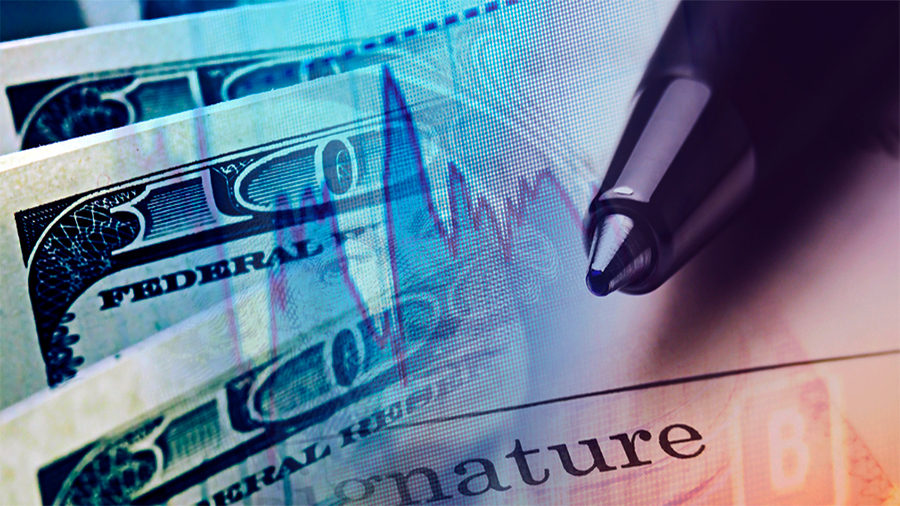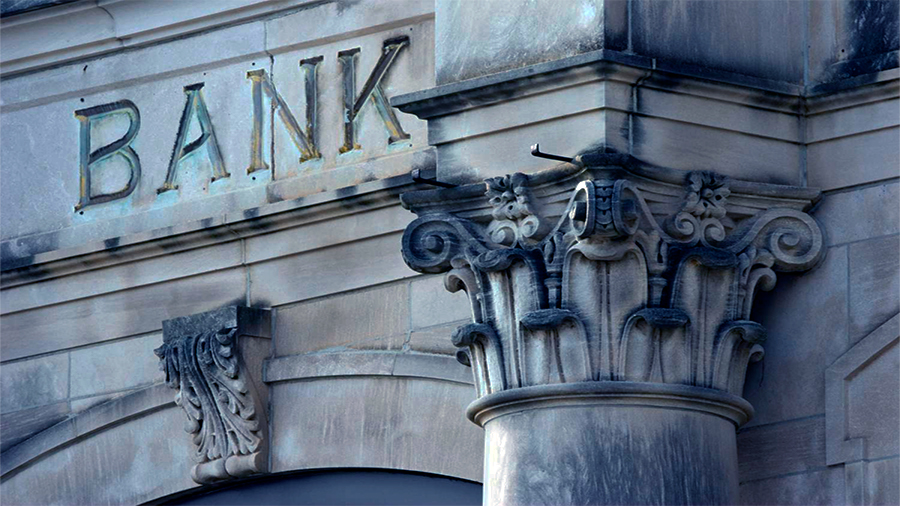Credit Collapse: How Mass Delinquencies Affect Banks
When too many borrowers fall behind on their loan payments, the effects aren’t limited to those individuals. Entire banking systems feel the shock. A sudden rise in delinquencies isn’t just a temporary hiccup — it signals systemic issues that can escalate rapidly. Lending slows down, credit tightens, reserves are depleted, and confidence, both in the market and among regulators, begins to unravel. Banks operate on trust and liquidity. Once those are in question, everything else follows. This article walks through how credit collapses begin, what happens inside banks when defaults rise, and why the financial system reacts the way it does.
What Triggers Mass Delinquencies
Mass delinquencies usually emerge when the economy weakens or becomes unstable. Events like rising unemployment, inflation spikes, interest rate hikes, or asset price crashes create financial stress for households and businesses. That stress leads to missed payments. For example, if inflation reduces disposable income and interest rates climb, borrowers may find themselves unable to manage loan repayments. It only takes a small shift in macroeconomic pressure to break fragile household budgets or heavily-leveraged small enterprises.
Another trigger is loose lending standards. In times of economic optimism, some banks begin to lower their approval criteria to capture market share. This might mean approving more loans to subprime borrowers or ignoring warning signs like excessive debt-to-income ratios. While this strategy boosts short-term growth, it creates a risky portfolio that’s highly sensitive to downturns.
Common Causes of Mass Delinquencies
| Cause | Description |
|---|---|
| Economic downturn | Rising job losses and business closures cut off income sources |
| Overextension | Borrowers accumulate more debt than they can realistically manage |
| Rate shocks | Variable-rate loans increase monthly payments significantly |
| Declining asset values | Homes, vehicles, or investments lose value, increasing loan-to-value risk |
How Banks Respond to Rising Defaults
As defaults begin to rise, banks act quickly. Their first line of defense is to reevaluate credit exposure. They pull back on issuing new loans, especially in sectors or regions showing weakness. Risk models are updated almost daily. Loan officers are instructed to become more conservative. And internal audits start to dig into which portfolios are most vulnerable.
Simultaneously, banks increase their loan loss provisions. These are funds set aside to cover expected defaults. Building these reserves immediately hits earnings. It’s a forward-looking adjustment, made before loans actually go bad. This accounting move signals that the bank expects more trouble ahead. Investors pay attention. A spike in provisions can cause stock prices to drop, especially if it comes with guidance cuts or credit rating downgrades.
Some institutions may also begin restructuring loans — extending repayment timelines, lowering interest, or temporarily pausing installments — to prevent defaults from crystallizing. But these measures are costly, time-consuming, and rarely scalable.
Common Bank Strategies During Credit Stress
| Response | Goal |
|---|---|
| Loan tightening | Limit exposure to new default risks |
| Increased reserves | Cushion financial statements against losses |
| Credit reclassification | Mark loans as underperforming to adjust capital ratios |
| Loan workouts | Prevent permanent defaults via renegotiation |
The Ripple Effects Across the System
Mass delinquencies don’t just affect the issuing bank. They affect the entire financial ecosystem. When lending slows, economic activity contracts. Small businesses that rely on credit lines for inventory or payroll may miss vital payments. Homebuyers struggle to get mortgages. Personal loans for education or medical expenses become harder to secure. The entire system pulls back.
In capital markets, this tightening triggers volatility. Banks exposed to bad debt see their stock prices fall. Bond spreads widen. Credit default swaps become more expensive. Risk appetite disappears almost overnight. This de-risking behavior makes it harder for all but the most creditworthy borrowers to raise capital, reinforcing the slowdown.
It also impacts the interbank lending market. When banks suspect each other might be sitting on toxic assets, trust erodes. Liquidity dries up. This can lead to a credit freeze — the worst-case scenario, as seen in the 2008 financial crisis. In such moments, even solvent institutions struggle due to lack of access to short-term funding. Confidence, once lost, takes years to rebuild.
Not All Banks Collapse Equally
Some banks manage these crises better than others. What sets them apart? It often comes down to preparation. Institutions with conservative lending practices, strong capitalization, and robust liquidity buffers enter crises from a position of strength. They’re not scrambling to patch holes — they’re adjusting strategy. These banks are also more likely to have predictive systems in place, using advanced analytics to detect early signs of stress among borrowers and preemptively act.
Diversification also plays a major role. Banks overly concentrated in one region or sector — like real estate or retail — are more vulnerable to local shocks. Those with diverse portfolios, both geographically and by product type, can absorb more losses without existential risk. Culture also matters. Banks that emphasize sustainable risk management tend to survive downturns more consistently than those chasing rapid quarterly growth at all costs.

The Regulatory and Legal Whiplash
When defaults spike, regulators step in. Prudential authorities examine whether banks violated lending guidelines, underpriced risk, or failed to maintain adequate reserves. This scrutiny leads to public hearings, stress testing, and sometimes even forced recapitalization. For global banks, this can mean restrictions on dividends, bonus payouts, or international operations until compliance improves.
Reputational damage is also significant. Borrowers begin questioning the bank’s transparency or fairness, especially if foreclosures or aggressive collections make headlines. Politicians may demand inquiries. Social media amplifies every story. Rebuilding public confidence after a mismanaged credit crisis is one of the hardest tasks a bank can face. That loss of goodwill doesn’t just affect customer sentiment — it affects hiring, partnerships, and investor trust.
Investor Response and Strategic Shifts
Investors, both retail and institutional, reevaluate their exposure the moment delinquency headlines hit. They sell off banking stocks, shift into safer assets like government bonds, and call for changes in leadership or business models. Some activist investors may push for spinoffs or portfolio rebalancing to reduce risk exposure. Meanwhile, bank boards review long-term strategies — cutting off certain markets, divesting high-risk portfolios, or merging with more stable players to survive the storm.
Credit rating agencies follow suit. A downgrade from a major agency can increase the bank’s borrowing costs across all operations. This compounds the issue — not only are losses increasing, but capital is getting more expensive. Banks can be forced into a deleveraging cycle where they sell profitable but illiquid assets just to stay above water. It’s a tightrope between managing perceptions and maintaining actual solvency.
Conclusion
Mass delinquencies aren’t just a banking headache — they’re a system-wide shock. When borrowers default en masse, banks retreat, economies slow, and trust evaporates. The banks that survive credit collapses are those that build resilience early: with strong reserves, smart risk management, and a willingness to adapt before the storm hits. For everyone else — borrowers, employees, and shareholders — the cost of unpreparedness is measured in years of lost momentum and credibility. Credit booms may feel like easy growth, but when the tide goes out, only the truly cautious remain standing.

